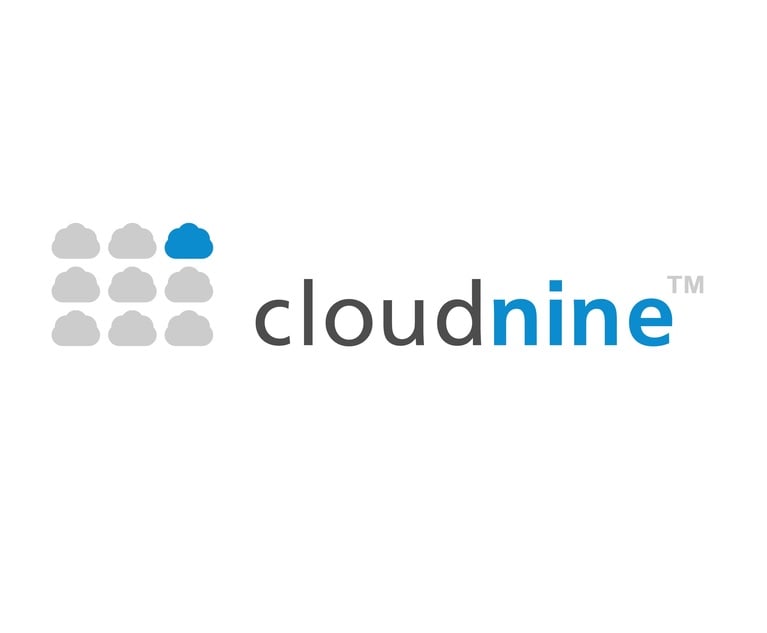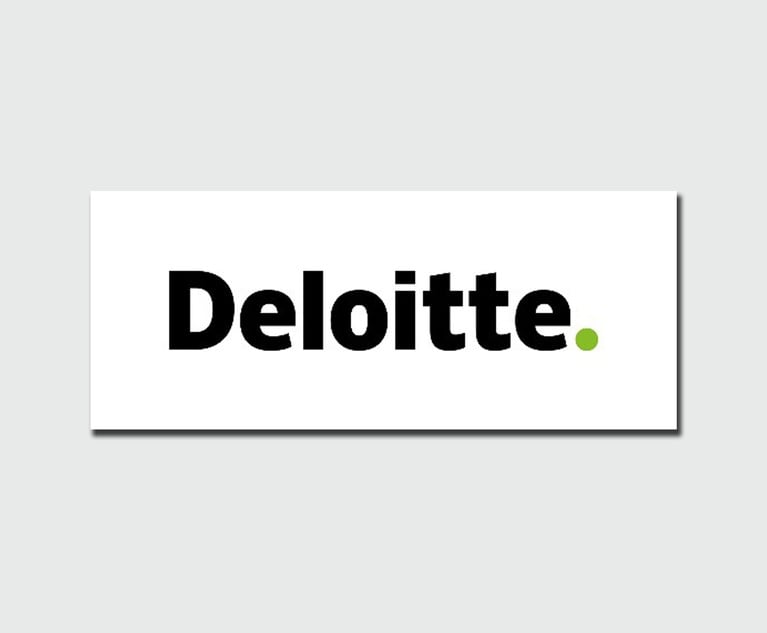Despite the traditional narrative that lawyers are hesitant to embrace technology, many in-house legal departments and their outside service providers are embracing the use of what is generally referred to as artificial intelligence (AI). In terms of litigation and internal investigations, this translates more specifically into conceptual analytics and predictive coding (also referred to as continuous active learning, or CAL), which are two of the more advanced technological innovations in the litigation space and corporate America.
This adoption, in part, seems to be driven by an expectation from corporate leaders that their in-house counsel must be able to identify and utilize the best available technology in order to drive cost efficiency, while also reducing risk and increasing effective and defensible litigation positions. For instance, in a 2019 survey of 163 legal professionals conducted by ALM Intelligence and LexisNexis, 92% of attorneys surveyed planned to increase their use of legal analytics in the upcoming 12 months. The reasoning behind that expected increase in adoption was two-fold, with lawyers indicating that it was driven both by competitive pressure to win cases (57%), as well as client expectation (56%).


 Credit: Andrew Ostrovsky/stock.adobe.com
Credit: Andrew Ostrovsky/stock.adobe.com




